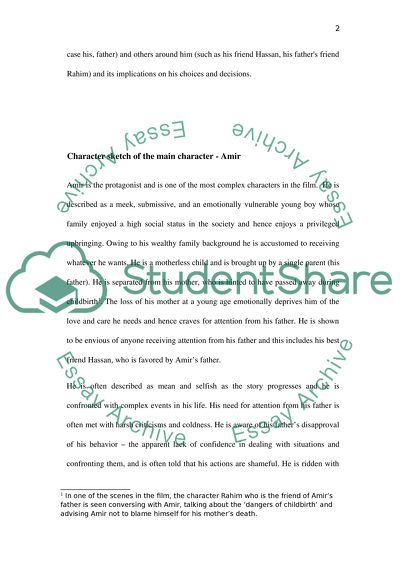Cite this document
(“Movie character analysis (Amir) Essay Example | Topics and Well Written Essays - 3000 words”, n.d.)
Movie character analysis (Amir) Essay Example | Topics and Well Written Essays - 3000 words. Retrieved from https://studentshare.org/sociology/1402687-movie-character-analysis
Movie character analysis (Amir) Essay Example | Topics and Well Written Essays - 3000 words. Retrieved from https://studentshare.org/sociology/1402687-movie-character-analysis
(Movie Character Analysis (Amir) Essay Example | Topics and Well Written Essays - 3000 Words)
Movie Character Analysis (Amir) Essay Example | Topics and Well Written Essays - 3000 Words. https://studentshare.org/sociology/1402687-movie-character-analysis.
Movie Character Analysis (Amir) Essay Example | Topics and Well Written Essays - 3000 Words. https://studentshare.org/sociology/1402687-movie-character-analysis.
“Movie Character Analysis (Amir) Essay Example | Topics and Well Written Essays - 3000 Words”, n.d. https://studentshare.org/sociology/1402687-movie-character-analysis.


